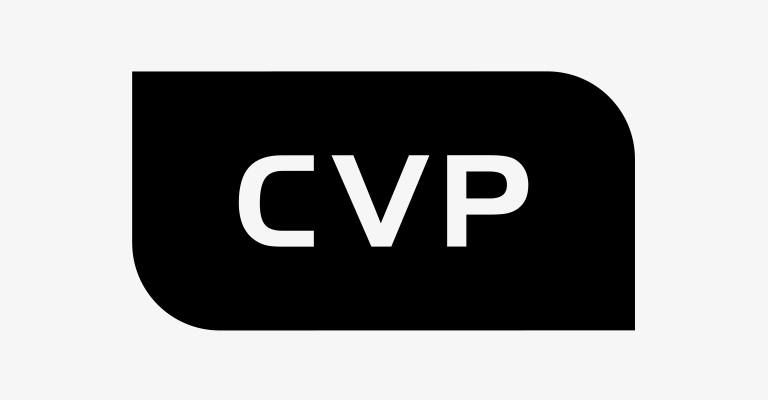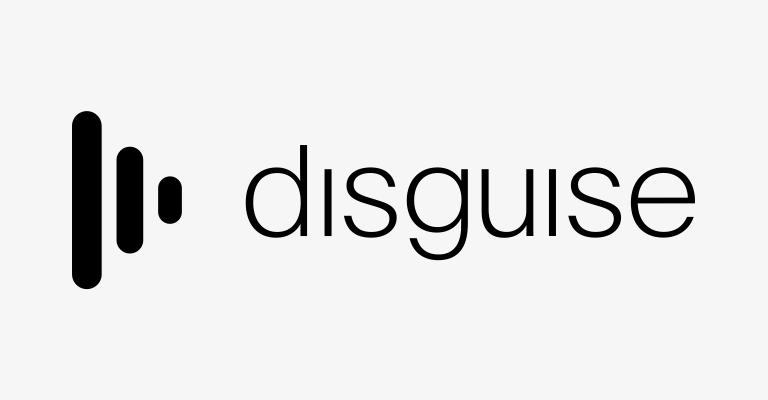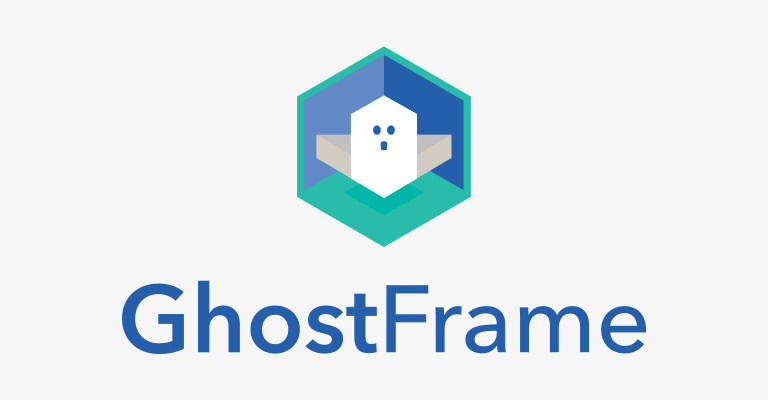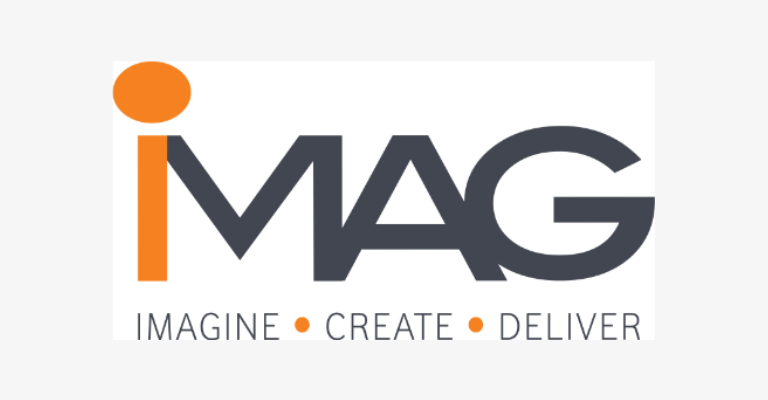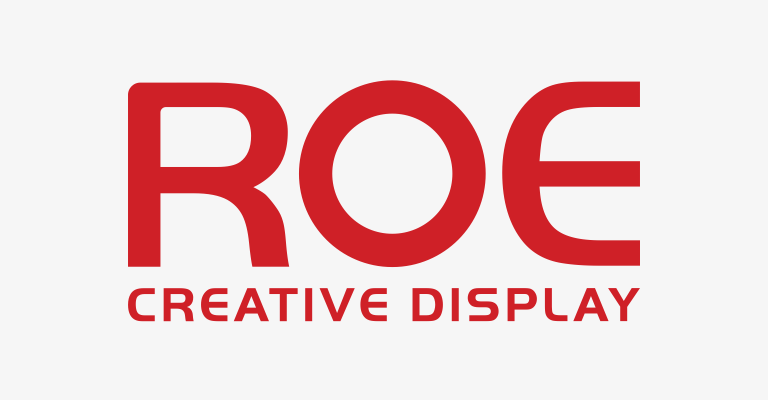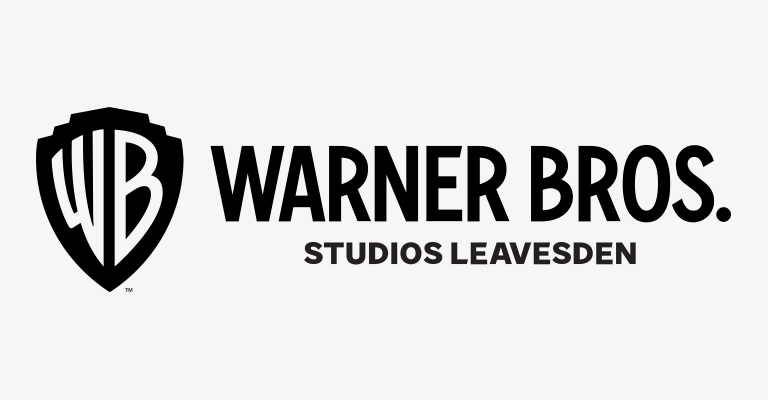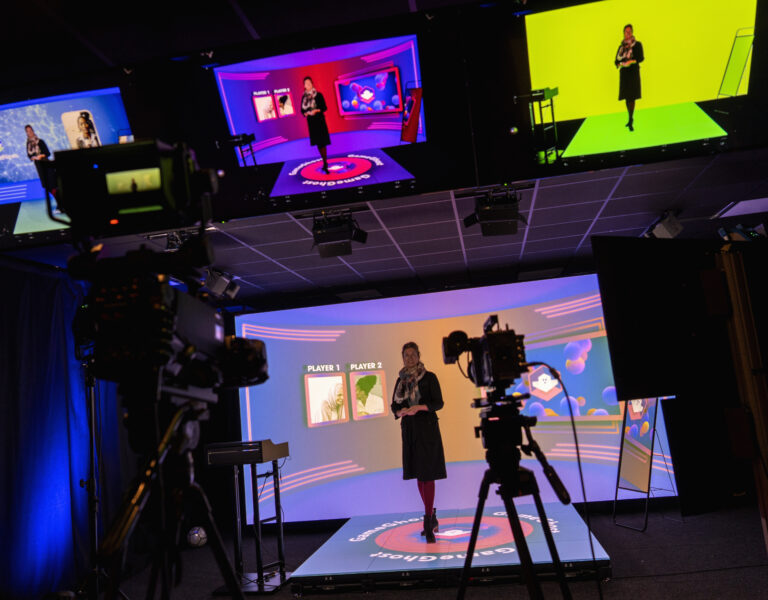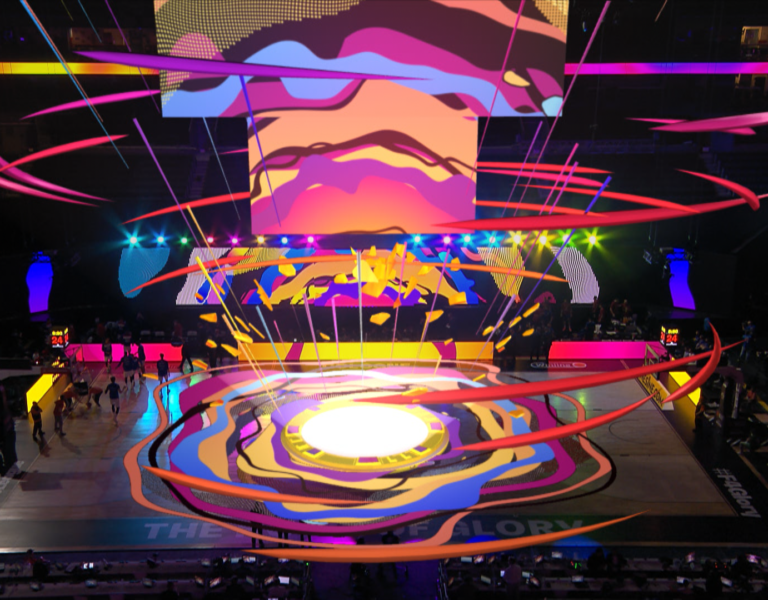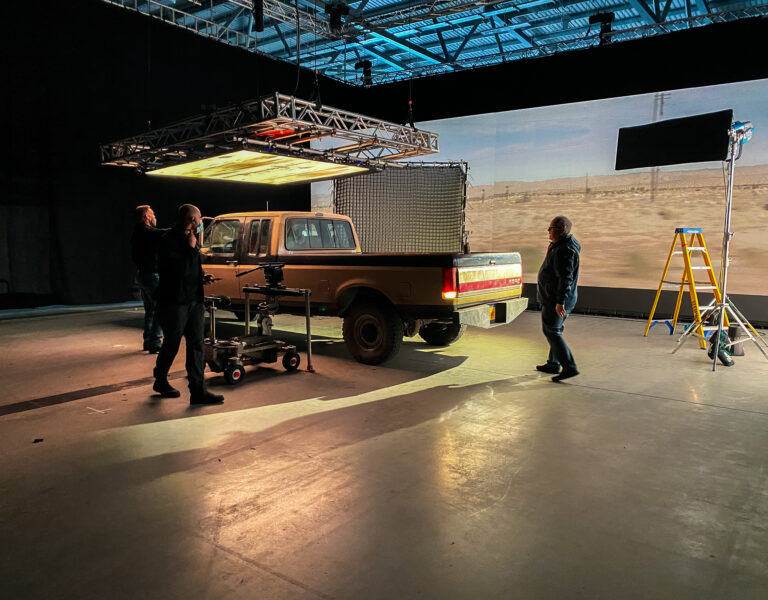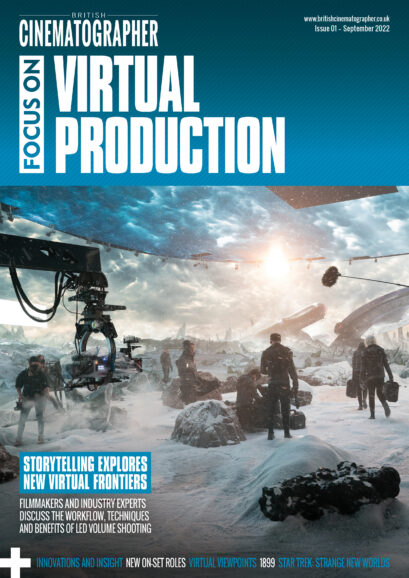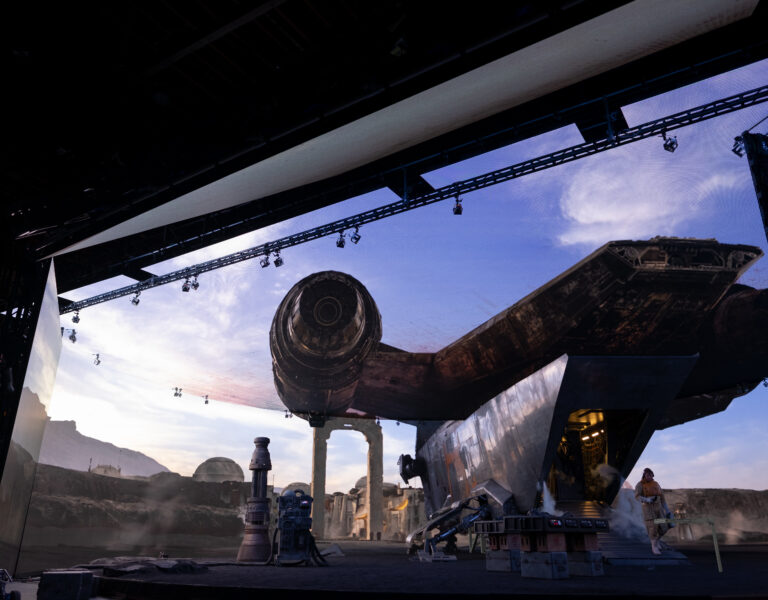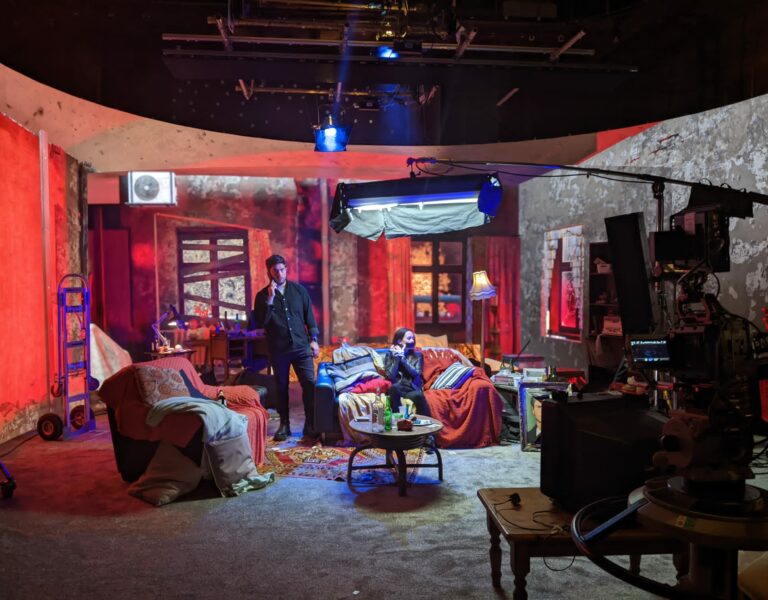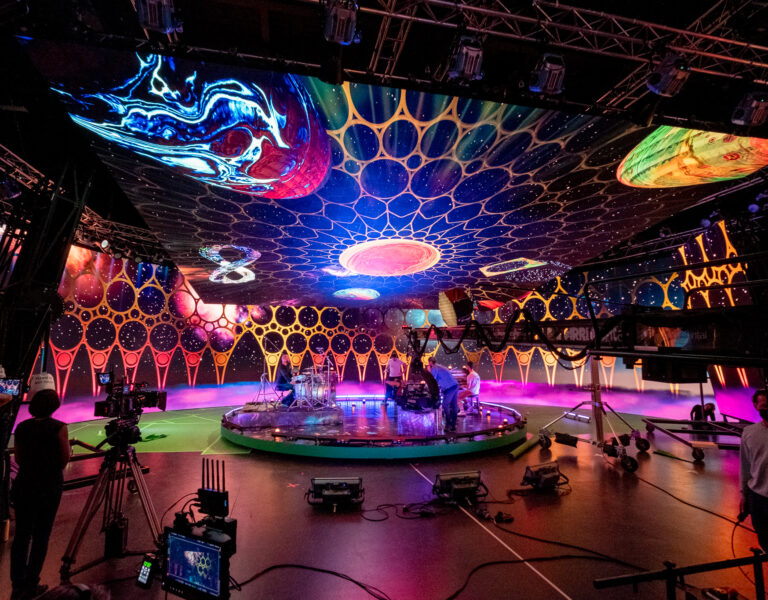Filmmaker and VFX supervisor Hugo Guerra recently tested the CinCraft Mapper, a new service from ZEISS that saves the troublesome and time-consuming process of shooting lens grids for visual effects work.
Hugo Guerra has been in the visual effects industry since 1999, working in Portugal, Sweden, and now the UK. He served for several years as head of compositing at The Mill, before branching out into directing game cinematics and trailers for such companies as Sony, Ubisoft, and Warhammer. Alongside continuing to work as a VFX supervisor, Guerra shares his knowledge and experience through teaching, podcasts and his successful YouTube channel, Hugo’s Desk.
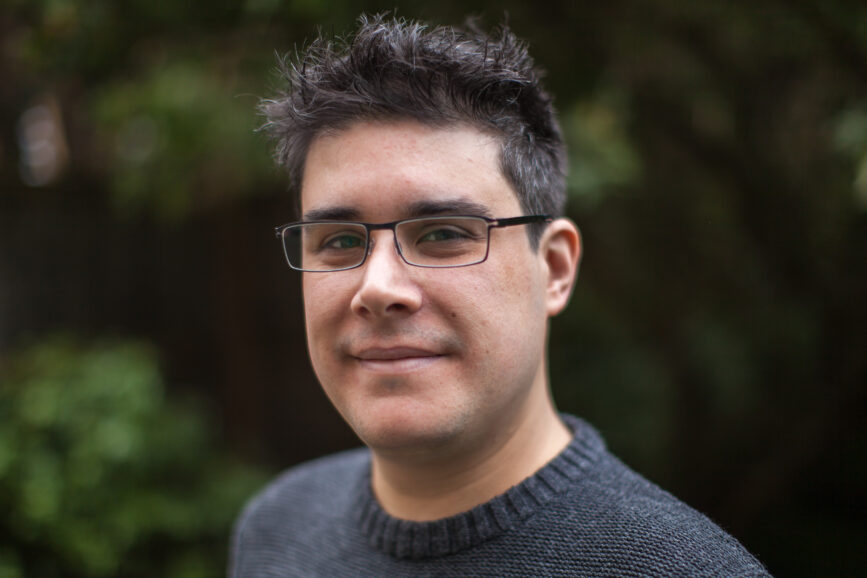
Throughout his career, Guerra has had to analyse and replicate the characteristics of real lenses to create convincing VFX. “The distortion and the displacement of the image usually happens on the edges of the frame,” he explains. “Especially if you’re using a very wide lens, you might have almost like a fish-eye distortion.”
For the VFX team there are two problems. The first is with any computer-generated material being added to the shot, which lacks the imperfections of the real photography. “That’s problem number one: [the CGI] comes out with no distortion,” says Guerra.
Problem number two concerns 3D tracking – analysing the camera movement in the plates to keep VFX locked to them. “If you’re trying to track to points on an image, to try to calculate where objects in 3D are, the problem is that if there is a lot of distortion on the edges that means that that point gets displaced.”
SAVING TIME AND MONEY
The traditional solution is to shoot a lens grid – a checkerboard-like pattern which needs to be carefully aligned to the camera, evenly lit, and filmed for every lens, T-stop and focus distance used in VFX shots, followed by a higher T-stop to get a cleaner version. The VFX team software-analyse the filmed grids and undistort the footage. 3D tracking and compositing of CG elements can then go ahead before the entire shot is re-distorted.
The trend of shooting with wide apertures for a shallower depth of field throws up another type of image artefact. “The lower the T-stop goes on a lens, the darker the edges get, and that’s what we call ‘shading’ – that’s the vignetting that occurs naturally on the lens,” Guerra explains. “That is something we also have to deal with in visual effects. We have to remove this darkness on the edges so that we can correctly track the scene for the CG object we’re putting in.” As with distortion, the shading is added back on top of the final shot so that it affects both filmed and CG elements.

The ZEISS CinCraft Mapper provides an automated and reliable system to deal with both lens distortion and lens shading, using the metadata from the camera. This metadata can be uploaded from an EXR file created from the RAW footage, or from a CSV-sidecar or ZLCF-sidecar file, while any missing data can be added manually in the Mapper. “The software reads that metadata,” says Guerra, “and once it discovers what lens was used, what frame was used and what format you were shooting on, it then uses the database of ZEISS that they have from the lens factory… to give you [shading and distortion data] that you can use in visual effects.”
The database, which contains a range of ZEISS lenses old and new, draws on the company’s own optical designs. “They actually have a working algorithm and a working simulation model of all these different lens models,” says Guerra.
The CinCraft Mapper saves the considerable expense of shooting traditional lens grids. While the biggest productions will normally make the time for this, others are unwilling to extend the equipment rental and the crew’s hours. “When there is something that people don’t totally understand, it’s usually the first thing to be cut out,” Guerra observes. “To solve that sometimes I have to go to the rental company and beg them to let me do it… It’s always a bit of a lucky dip… [CinCraft Mapper] saves you so much time of not doing all these grids, and not staying another day for shooting, and not having to have the DP there, and not having to go to the rental house to do all these things.”
MAKING A DIFFERENCE
Once the footage is processed, the CinCraft Mapper outputs multiply maps for shading and ST maps for distortion – compatible with many major VFX applications. Users are charged when maps are generated rather than by a regular subscription fee. A producer can set up an account limited to a certain monthly budget, from which their VFX teams can automatically draw as they generate maps.
Guerra was very impressed when he tested the Mapper. “It works flawlessly with RED cameras, with Sony cameras, with ARRI Alexas. I’ve tested all of these… I used my own footage, my own lenses, my own equipment, and I got the same exact results as I got from the test footage on [ZEISS’s] website.
“The database of cameras they have is incredible. It has pretty much ever camera that we use. The lens [database], of course, only has ZEISS lenses, but they are adding more and more lenses as we speak, including old ones which is very cool… I was blown away by what they’ve achieved so far.” ZEISS is also in talks with other manufacturers about adding their lenses to the Mapper in future.
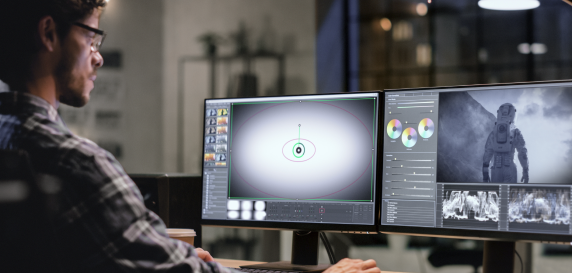
For Guerra, the Mapper is a vast improvement over shooting grids, which can easily produce inaccurate data if they are not aligned correctly to the camera, or if they warp under the heat of the lights. “It’s a piece of paper with a checkerboard that we’re shooting. It becomes very uneven and very unscientific when you consider we’re spending millions on VFX on a film. So, a more scientific methodology, which is what [ZEISS] have come up with, makes much more sense.
“I’m now using [CinCraft Mapper] on my next production, which is a commercial I’m supervising,” Guerra reveals. “I will definitely use it in the future whenever possible… I’m hoping it becomes second nature, just like back in the day when we first had metadata on cameras… I feel like this could lead to an industry standard.”
–
ZEISS CinCraft Mapper
- Generate frame-accurate distortion and shading data for your compositing and matchmoving workflows, at just the click of a button.
- Drastically improve your efficiency by removing the need to shoot and process lens grid information.
- Increase accuracy and remove any guesswork, thanks to the Mapper providing frame-accurate information.
- Lens data is extracted directly from your shot metadata, with multiple input formats supported.
- ST and Multiply Maps provided at the click of a button, in the form of 32-bit OpenEXR images.
- Compatible with a wide variety of VFX software programmes, including 3D Equalizer, PFTrack, Nuke, and Flame.
- Only pay for what you need – no on-going subscription required.
Important: The ZEISS CinCraft Mapper only transmits encrypted text-based metadata via HTTPS protocol – there is no transfer of pixel data.
Register an account for free at Cincraft.zeiss.com/mapper and test using the free trial budget provided, with example test footage also available to download.
–
This article is sponsored by ZEISS CinCraft Mapper
Words by Neil Oseman



